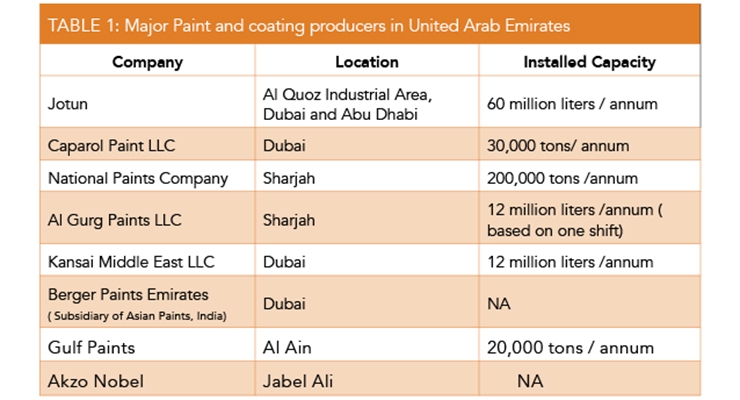Seasonal Factors In Business Exterior Painting: Key Insights You Ought To Know
Seasonal Factors In Business Exterior Painting: Key Insights You Ought To Know
Blog Article
Produced By- visit their website
When you're preparing an industrial external paint job, seasonal aspects can make or break your outcomes. You'll intend to take into consideration just how temperature and moisture effect paint application and drying out times. Picking the appropriate period can guarantee your paint sticks effectively and lasts much longer. However which seasons are really the best for this sort of work? Let's explore the key elements that can influence your task's success.
The Influence of Temperature on Paint Application
When you're planning an industrial outside painting task, the temperature can significantly impact exactly how well the paint sticks and dries out.
Ideally, you wish to repaint when temperature levels vary in between 50 ° F and 85 ° F. If it's as well cool, the paint may not treat effectively, bring about issues like peeling or splitting.
On the other side, if it's also hot, the paint can dry out too quickly, stopping appropriate adhesion and causing an unequal surface.
You need to also think about the time of day; early morning or late afternoon provides cooler temperatures, which can be much more desirable.
Always inspect the manufacturer's recommendations for the particular paint you're using, as they often provide advice on the excellent temperature range for ideal outcomes.
Moisture and Its Result on Drying Times
Temperature level isn't the only environmental aspect that affects your business exterior painting task; humidity plays a significant duty also. High moisture degrees can decrease drying times considerably, affecting the total quality of your paint task.
When the air is filled with dampness, the paint takes longer to cure, which can result in problems like poor adhesion and a greater danger of mold growth. If you're repainting on a specifically damp day, be gotten ready for extensive delay times in between coats.
It's vital to check local weather and strategy appropriately. Ideally, go for moisture degrees in between 40% and 70% for optimal drying.
Keeping these consider mind guarantees your task remains on track and delivers a long lasting coating.
Best Seasons for Commercial Exterior Paint Projects
What's the best season for your commercial exterior painting tasks?
Springtime and early fall are generally your best bets. Throughout these seasons, temperature levels are mild, and moisture degrees are commonly reduced, producing ideal problems for paint application and drying out.
Stay clear of summer's intense heat, which can trigger paint to dry as well promptly, resulting in poor attachment and surface. Likewise, winter's chilly temperatures can prevent appropriate drying out and healing, running the risk of the longevity of your paint job.
Go for days with temperatures between 50 ° F and 85 ° F for ideal results. Bear in mind to inspect the local weather prediction for rain, as damp conditions can wreck your job.
Planning around these aspects ensures your paint task runs efficiently and lasts much longer.
Final thought
In conclusion, intending your commercial external painting projects around seasonal considerations can make a significant distinction in the result. By scheduling job throughout the ideal temperatures and moisture levels, you'll guarantee much better attachment and drying times. Keep in mind to keep an eye on regional weather forecasts and choose the correct time of year-- springtime and early fall are your best choices. Taking https://www.realsimple.com/home-organizing/home-improvement/painting/painting-tricks-time-savers will certainly help you achieve a durable and specialist coating that lasts.
